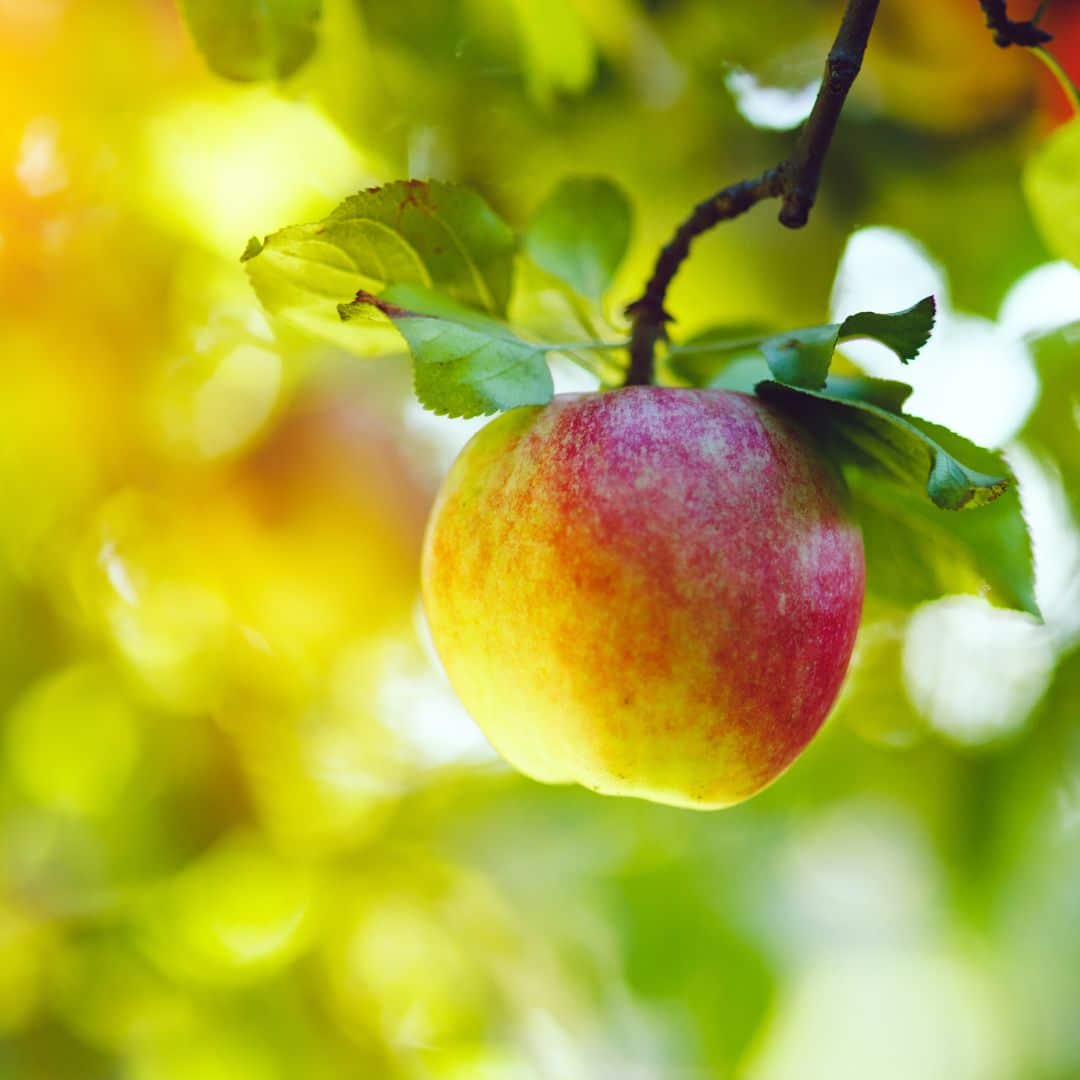Learning From The World’s Best Urban Forests
A Companion Blog to the Internet of Nature Podcast Season 5, Episode 2
April 12, 2023 | Alec Sabatini

For episode two of the Internet of Nature Podcast, Dr. Nadina Galle embarked on a globe-trotting discussion with Dan Lambe, President and CEO of The Arbor Day Foundation (ADF). With 18 years at the helm of the largest tree planting nonprofit membership organization, Dan has had the privilege of visiting innovative urban forestry projects around the world. Nadina and Dan revisited those experiences to highlight ideas and examples worth spreading.
Urban Ag-vocacy
One of Dan’s first examples came from his travels through southeast Asia, where neighborhoods were prioritizing fruit trees over shade trees. If there was ever a time for a broader embrace of the urban forest as a food source, it’s now. The number of food insecure people worldwide nearly doubled over the last two years, driven by conflict and climate change.
It seems so logical to tackle food insecurity and urban tree canopy goals at the same time, yet it’s not as commonplace in American cities. A 2012 review of urban forestry master plans found only 13% included food security among their objectives. One paper styled this as the “museumification” of urban parks, where humans look at, recreate in, and pass through the urban forest, but harvesting has been discouraged.
It’s a cultural remnant from the early twentieth century. The first urban parks, like New York’s Central Park, were designed as antidotes to the labor of offices and factories. The priorities for those greenspaces were aesthetics, relaxation, and recreation, not foraging potential. That type of human–nature interaction was confined to the country.
However, urban gleaning programs are slowly bringing urban forest foraging back into the mainstream. For example, the Philadelphia Orchard Project (POP) has helped grow stands of food-bearing trees, bushes, and vines all over the city, providing tons of fruit and nuts for residents, at little or no cost. In recent years, Philadelphia’s tree giveaway program has given away roughly 40% fruit trees. In Philly, the message coming from citizens is clear: We want food-bearing trees! As we’ll discuss next, listening to that feedback is key.
It Takes A Village
As Dan mentioned several times, community collaboration is a common denominator in every successful urban forest. Public officials, citizens, landowners, and advocacy groups all influence the success of tree planting efforts. It’s vital for municipalities to align their priorities with other urban forest stakeholders to rally allies that can support newly planted trees over the long term.
To build buy-in cities often use public meetings, which can offer valuable insights (and occasional non sequitur opinions). The City of Lakewood, Washington held 22 public meetings in the process of updating its tree codes. The opinions shared in those meetings spanned a BROAD spectrum. Still, it provided the Tree Advisory Committee with enough consensus to increase protection for significant trees, require tree removal permits for certain size properties, and ultimately further its goal of growing canopy to 40% by 2050.
Surveys are another effective method for aligning government efforts with popular sentiment. In 2021, PlanIT Geo’s Urban Forestry Consulting team helped Fremont, California develop an urban forest management plan. Through digital and mail surveys, the team gathered 1,600 responses on what the priorities of the plan should be. Right at the top of this list was better street tree maintenance. When asked how improved maintenance should be funded, the overwhelming response was to commit a portion of the city’s gas tax to tree maintenance, which was then added to the plan objectives. Surveys add validity to actions like raising taxes, helping reduce pushback.
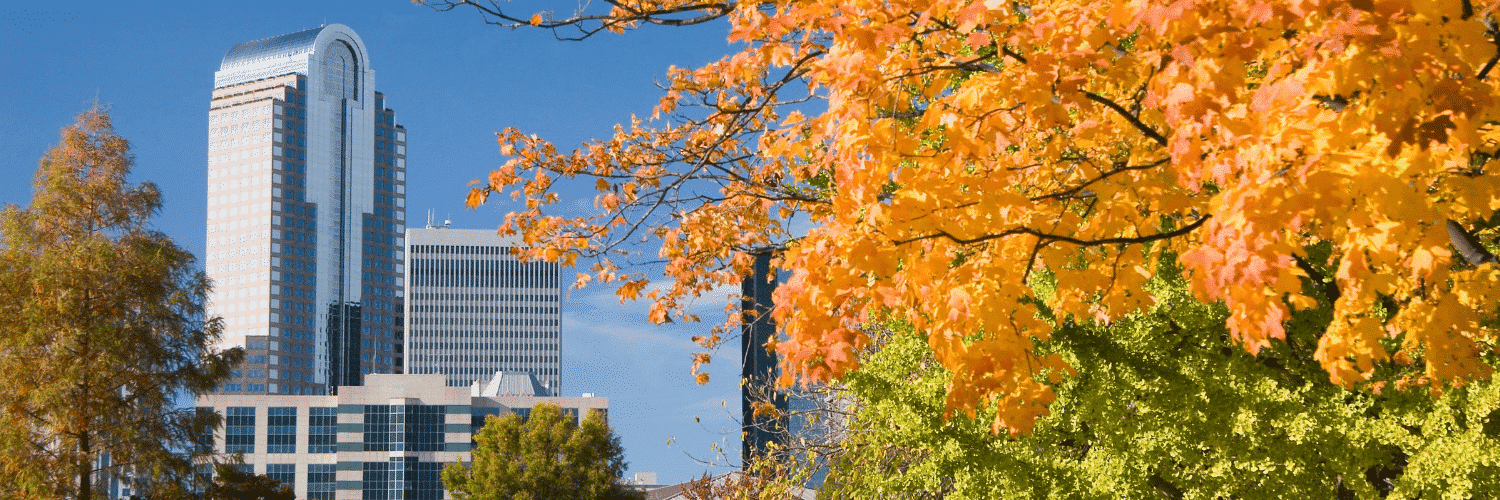
There Is Strength In Numbers
Dan also stressed the importance of technology, particularly when it comes to telling the story of the urban forest. Urban tree canopy assessments, ecosystem benefit calculators, and other quantification tools provide an empirical backbone for urban forestry conversations. These help urban foresters justify the value of trees to government leaders and the public.
As Joanna Martin, Parks & Urban Forestry Manager at the City of Longview, Washington has found, numbers can be a salve for tense tree conversations.
“We’ve been able to use canopy data in [resident] conversations to provide them with more education on the situation. While it doesn’t always change their beliefs, we do get less pushback. They see there is a reason behind what we are doing. The canopy data takes a conversation with a resident from feeling very personal to a larger scope, one that includes the city’s goals and how it benefits the public.”
– Joanna Martin, Parks & Urban Forestry Manager at the City of Longview
This is the crux at the core of the Internet of Nature podcast: Can technology foster a stronger connection with nature? Nadina and Dan’s discussion of tree emails from Melbourne, Australia makes a compelling case for YES.
Trees With Email Addresses
The Melbourne story starts with two problems. Residents would call in with tree service requests, and there was invariably back and forth to try and figure out exactly which tree was being referred to. It was frustrating for everyone. The other problem was a decade of drought, severe water restrictions, and periods of extreme heat, put Melbourne’s trees under immense stress and many were in a state of accelerated decline.
To work on these problems the city completed a tree inventory, mapping the location of all public trees, assigning each an ID number AND an email address. The thinking being, residents could email that a tree was dropping limbs and city staff could easily locate the tree and intervene. That did happen, but an entirely different type of message also started to come through.
“My dearest Ulmus, as I was leaving St. Mary’s College today I was struck, not by a branch, but by your radiant beauty. You must get these messages all the time. You’re such an attractive tree.”
That message was written to an elm tree. People started writing letters of love, admiration, and curiosity to their favorite trees. The messages poured in locally, then nationally, then internationally. The phenomenon earned global media attention. Most importantly, it raised awareness and support for urban trees in a city that is in dire need of them.
You can hear a full account of this story from the creator of the Email-A-Tree campaign, Yvonne Lynch, who Nadina interviewed in Season One of the Internet of Nature podcast.
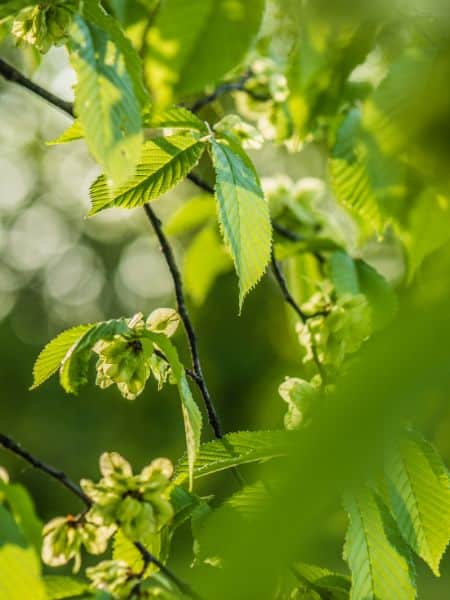
Now Is the Time for Trees
Now is the time for trees was both a theme of this episode and the apt name of Dan’s new book. Dan echoed some of the points made in the previous episode, there’s a shift happening in the public’s opinion of urban trees. He has seen change happen at planting events, where the conversation revolves less on the beautification new trees will bring, and instead that the surrounding residents DESERVE to have trees in their lives. “Nice to have” has become a “must have” when it comes to trees.
Thanks for plugging into the Internet of Nature today. Tune in Wednesday, April 19th for Episode 3: Who Are the Treefluencers of Tomorrow? with actor, author, and comedian, Tobin Mitnick. If you are hungry for more lessons learned from outstanding urban forests, check out our eBook What We Can Learn From Charlotte’s Urban Forest. In the face of rapid development, Charlotte has maintained a world-class urban tree canopy and provides an excellent case study for cities in a similar position.
Related Resources
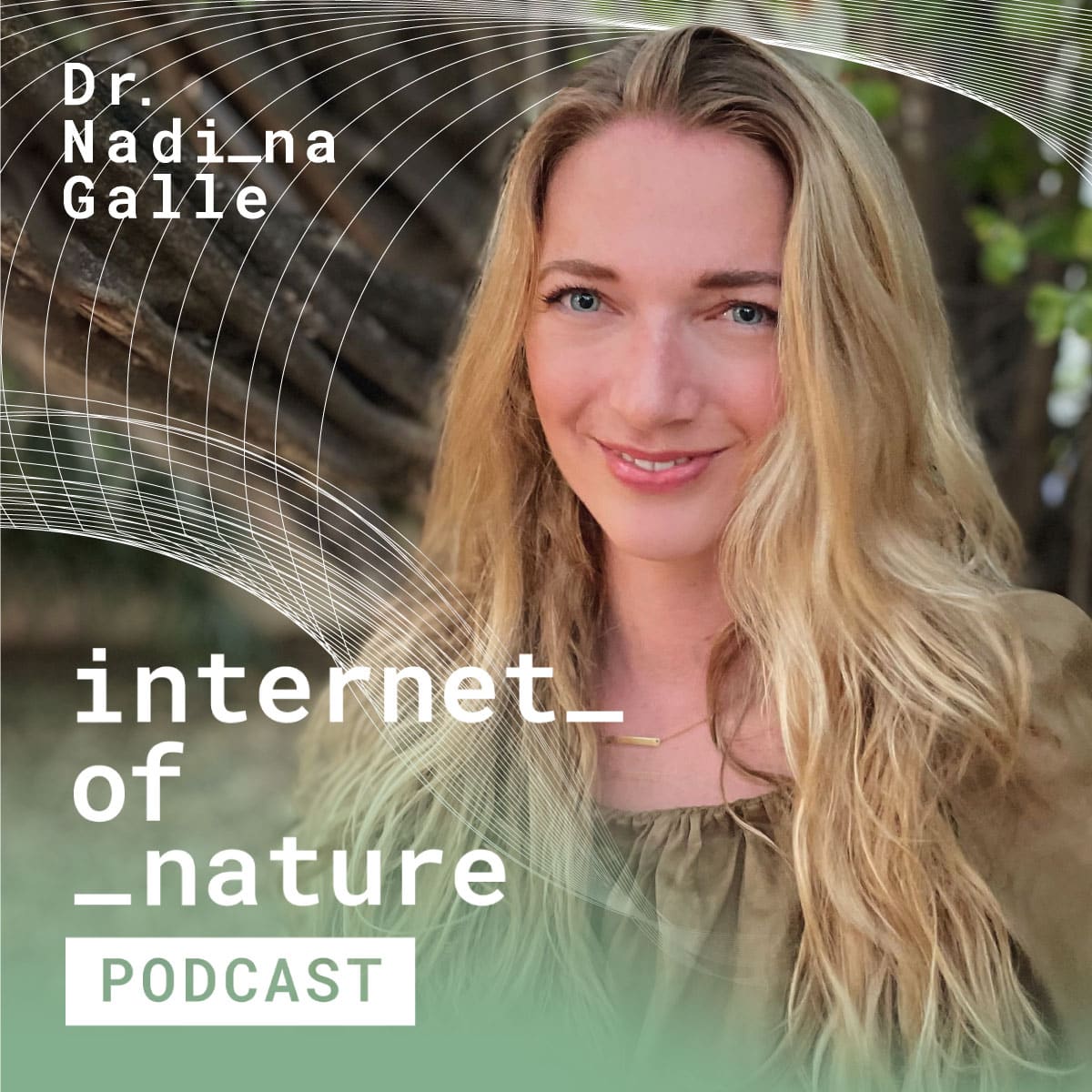
PlanIT Geo Partners with the Internet of Nature Podcast
The Internet of Nature Podcast, created and hosted by Dr. Nadina Galle, uses interviews with thought-leaders and innovators to answer the question: Can nature and technology — long viewed as opposing forces — work together to create liveable cities and improve public health?
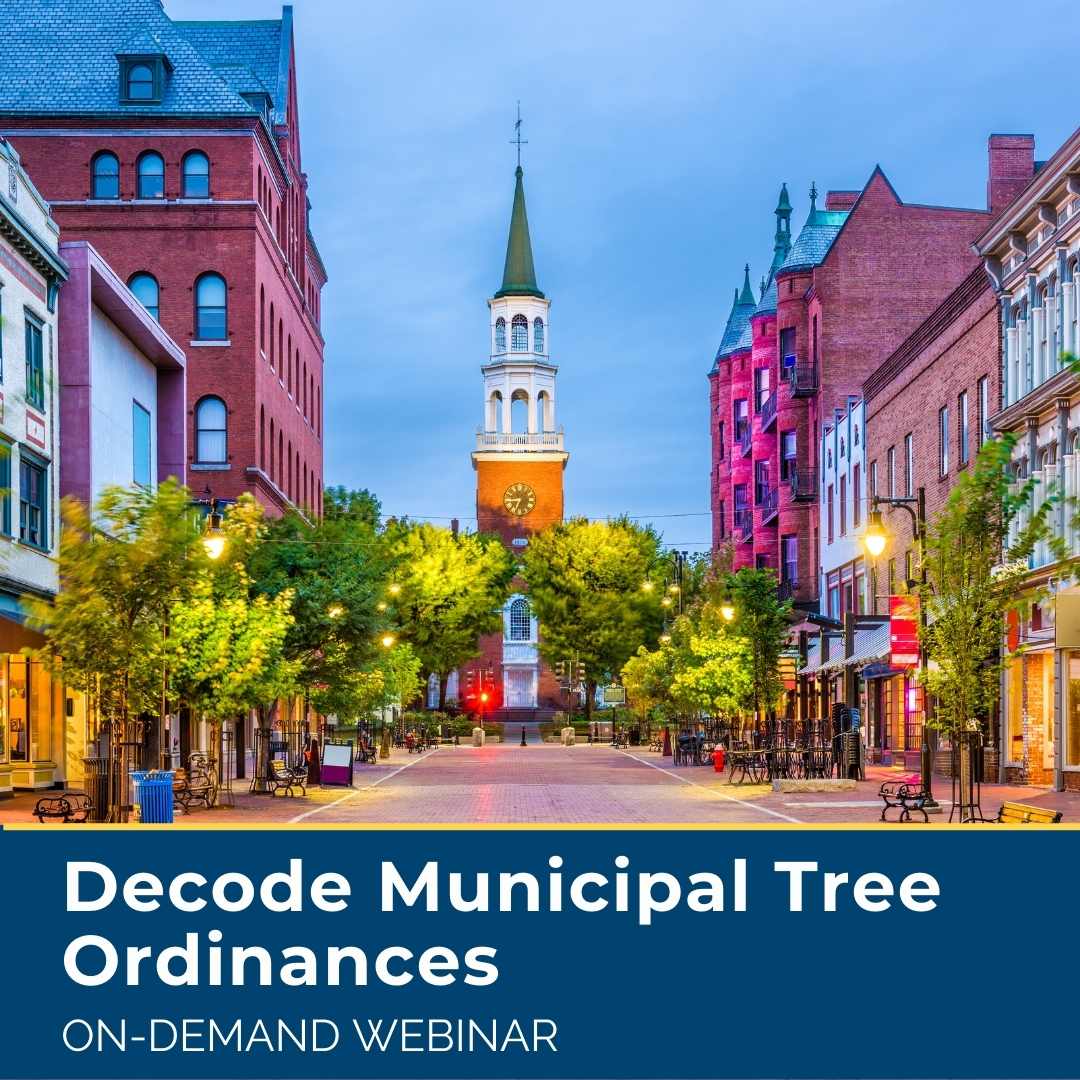
Decode Municipal Tree Ordinances
This ON DEMAND WEBINAR shares best practices and real-life examples of why having clear tree ordinances in place help communities reach their urban greening goals and offer realistic first steps to understand existing codes and determine what primary improvements or goals you’d like to achieve and where to find assistance.
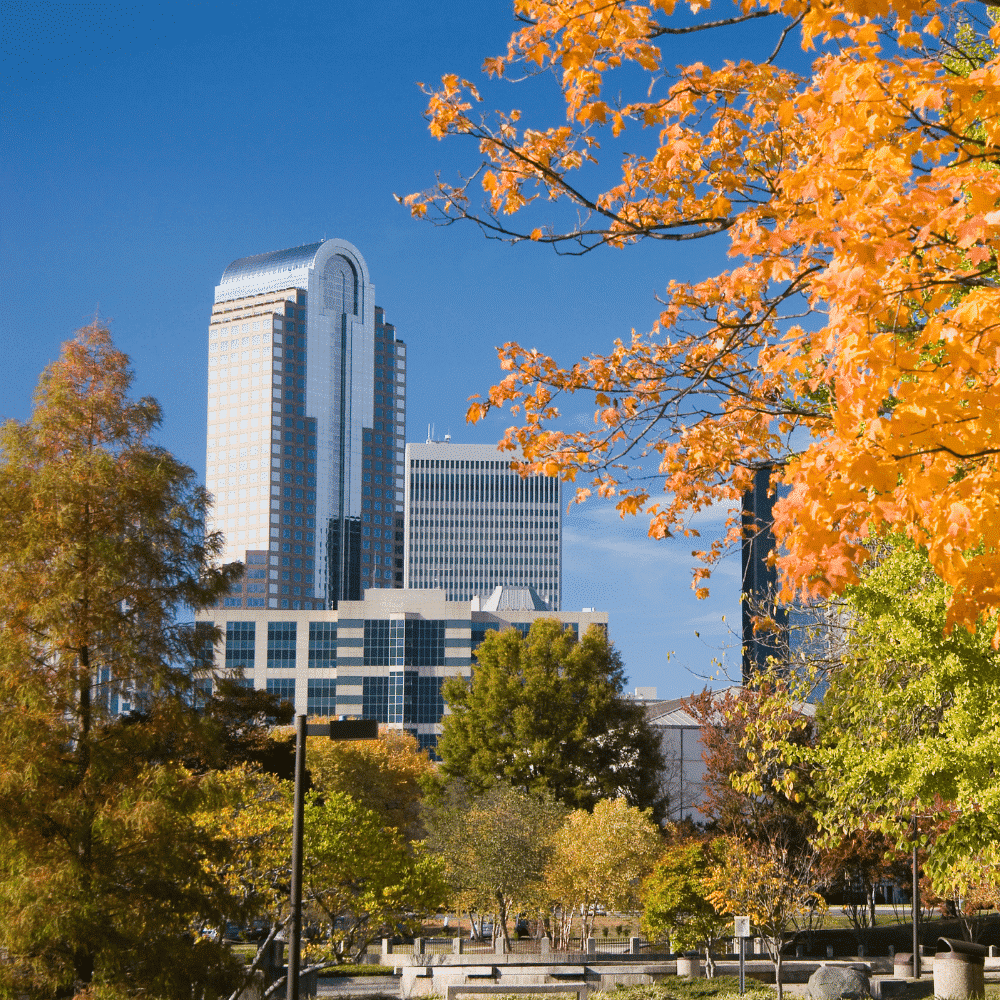
What We Can Learn From Charlotte’s Urban Forest.
We explore what exactly the city has been doing so well when it comes to urban forest management. After detailing the history of Charlotte’s urban forest and the eBook focuses on three key areas of innovation.
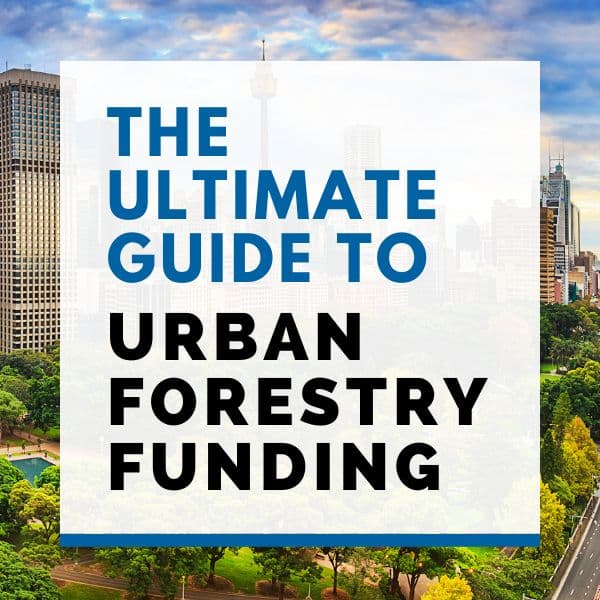
The Ultimate Guide to Urban Forestry Funding
All around the country, public urban forestry departments and nonprofits have found creative ways to fund their programs. This is a gathering point for those stories. Explore the examples below for inspiration on how your urban forestry program can diversify its funding sources.
Stay Up To Date With The Latest News and Events
Join Our Community
Stay informed on the urban forestry industry with our monthly TREEbune newsletter, live webinars, and industry-specific content delivered to your inbox.
Urban Forestry Webinars
PlanIT Geo has a substantial on-demand webinar library. Get CEU credits, grow your knowledge base, and stay current on cutting edge industry technology.
Follow Us
We love to share industry-related news, software tutorials, blogs, and company news across our social channels.
Stay Up To Date With The Latest News and Events
Join Our Newsletter
Stay informed on the urban forestry industry with our monthly TREEbune newsletter, live webinars, and industry-specific content delivered to your inbox.
Urban Forestry Webinars
PlanIT Geo has a substantial on-demand webinar library. Get CEU credits, grow your knowledge base, and stay current on cutting edge industry technology.
Follow Us
We love to share industry-related news, software tutorials, blogs, and company news across our social channels.

